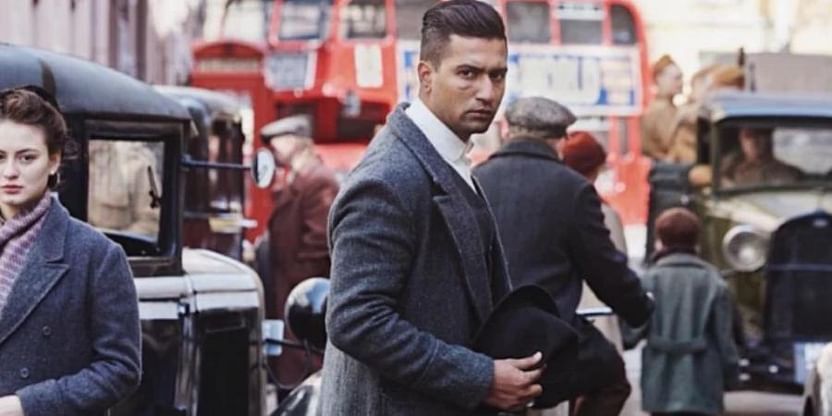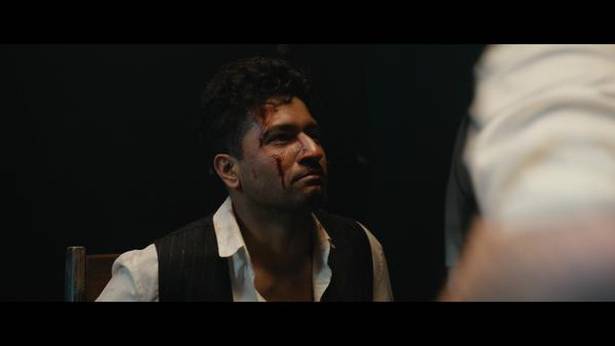
The Jallianwalla Bagh massacre changed the course of genocidal history for all time to come. It happened on April 13, 1919 when Brigadier General Reginald Dyer opened fire on an unarmed gathering in Jallianwala Bagh. Dyer, under the direct command of Punjab Lt. Governor Michael O’Dwyer. Dyer ordered Sikh, Gurkha, Baluchi and Rajput troops from the 2 – 9th Gurkhas, the 54th Sikh and the 59th Sindh Rifles to shoot down the entire gathering.
For about ten minutes, the troops targeted the peaceful crowd of Sikhs, their wives and children gathered there to carry on a peaceful protest against the Rowlatt Act under the guise of which some leading Indian political activists were jailed.
Around 1650 rounds were fired as the count of empty cartridge cases showed. While official British sources reported 379 as dead and 1100 wounded, this figure leaves room for doubt because before the attack, all the five entry-and-exit points were closed
The Indian National Congress estimates give the count of around 1500 injured and 1000 dead because the crowds were in thousands and many jumped into a well to save themselves and were crushed to death with more crowds falling on them. In actuality, the number is around 20,000 dead men, women and children.
Shoojit Sircar’s Sardar Udham Singh is a cinematic tribute to a historical hero who did not get the dignity and the honour he deserved until recently, many years after his death by hanging for shooting down Michel O’ Dwyer in Caxton Hall, London, on March 13, 1940 in full view of an august gathering. Dwyer was delivering a speech on how British presence had been beneficial for the “Indian savages.”
The assassination was a mark of protest against British imperialism. Dwyer underscored that “it is not only the right of the British to suppress the Indian’s voice of dissent but also its duty.” Udham is shocked to hear that O’Dwyer has not the slightest feeling of guilt for what he has done.
Udham had also planned to kill Reginald Dyer who had ordered the shoot but the man had died some years earlier. We see Udham visiting his grave with the simmering anger that vacillates in degrees right through the film.
Twenty years after the massacre, Sardar Udham Singh, who witnessed the mass genocide and helped carry the injured and the dead to hospitals, lived on with just one mission – to kill both Michael O’ Dwyer, the Lt. General of Punjab at the time and Reginald Dyer on their home soil, London. The slow and steady realisation of this nightmare-like-mission of Udham Singh is the subject of Sircar’s Sardar Udham Singh.
Unlike most historical films that have a tendency to focus less on the authenticity of the content and more on the structural and ideological features of the film at the cost of history backed by thorough research, Sardar Udham Singh tries to stick to authenticity with very minor sub-plots. Such as Udham’s short-lived romance with a deaf-mute girl who is killed in the massacre as sharply and as forthrightly as possible though the is made made with post-modern actors in 2021 investing every frame, every scene, including the technical aspects with an ideal, rhythmic harmony between and among form, content, structure, images and aesthetics.
Though the director insists on the film being based on “true stories”, it creates its own history and infuses it with the harshness of real history as if plucked out of actual incidents directly without use of motifs, signifiers, symbols and allegory.
The narrative skims through Udham’s brief association with Bhagat Singh when he became an active member of Hindustan Socialist Republican Association (HSRA) formed by Bhagat Singh and was imprisoned for some years because of his association with HSRA which was an underground organization formed to rise against the British. Udham decides to go to London to fulfill his aim of killing the two Britons.
But the journey is far from either smooth or easy and he has to trek through the bitingly cold Russian winter trudging through snow-covered paths, through America for a short stint and also Spain thrown in to reach London and find shelter in a dilapidated room. His search for a gun makes him seek and find a friend in Eileen, an underground activist. When she tells him to go back to India to fight for freedom he says “we cannot breathe, cannot speak, cannot fight in our own country so I will fight for equality only when my country is free.”
The drama begins in London. Within the first 25 minutes of running time, the killing of Dwyer is done and Udham is captured and imprisoned. From this point on, the film moves to graphic scenes of police torture of Udham suspecting he was part of a gang. However, persistent and varied forms of torture and shift from prison to prison, from one police force to another, can neither break nor bend Udham Singh’s silence.
The script moves back and forth between Udham Singh’s plans of killing and his prison torture and then, goes into flashback to graphically visualise the terrible human massacre that led a young, patriotic and innocent man to turn his life into one long fight to avenge the cold-blooded and diabolic killing of his countrymen, women and children.

The blood, gore and violence visually shown, is so authentically scripted and cinematographed that it makes one cringe in shock and fear though this is real at all. This may appear to drag but this was necessary to add both depth and gravity to Udham Singh’s mission.
Why else would a simple, small town young man be driven enough to wait for 20 years to avenge the cruel, cold-blooded mass killing of 20,000 of his country folk and make killing the man responsible his sole mission knowing that it will mean certain death?
It has not been long since Vicky Kaushal made his debut in Bollywood. But he brilliantly carries this film squarely on his young shoulders, subtly blending his innocence with his diabolic and determined planning often reinforced with his memories of the massacre, the dead bodies he carries back and forth to the hospital, his memories of the slavery Indians were reduced to in the British factories and his trying to collect his fellow-workers to quit, sweet nostalgia about the time he spent with the girl he loved, suffering the torture in complete silence, peppering his dialogue with his sweet, broken English, his repeating “I feel no pain” till the torture is made more severe and he cries out in pain.
His anger is as if electrically charged waiting to burst like a walking time bomb. Though the late Irrfan Khan was the director’s first choice for the role, Vicky Kaushal succeeds in proving that he is no “second” choice.
The soft bonding that happens between Udham Singh and the Scotland Yard officer (Stephen Hogan), and the actress playing the underground Communist Eileen, are enriched by the wonderful performance of the British actor.
The British characters performed by British actors adds an authenticity hard to match as their accent is not artificial just as the Russian lady’s English is imperfect and Udham’s interactions with fellow-Indians are in Hindi. His last wish he tells his lawyer is to remember him not as a murderer but as a revolutionary. V.K. Krishna Menon who flew to London to be one of his defence lawyers remains absent.
The lack of songs adds a sense of sincerity to the film while the cinematography and the editing are as if racing with each other to reach the finishing post of perfection first. Special mention must be made of the production design. It must have been extremely challenging for the production designer and the art director to recreate the period setting both in Jallianwalla Bagh and in London with the colour sticking to muted browns and ambers and rusts to give the film a dated look while the Russian winter is tinged with blue shades.
Top angle shots of rows and rows of dead bodies lying on the ground spell out another part of the tragic story because the Lt. Governor of Punjab had ordered a curfew immediately following the massacre so surviving families could not perform the death rituals of the dead.
R.S. Rosenstone in his History on Film/Film on History states: “the film-maker is as much a historian as the university academic: he or she is merely telling a different kind of history in a different kind of way.” Sardar Udham Singh is a living example of this statement.
Postscript – For many years after Independence, the Indian government failed to honour the memory of Sardar Udham Singh’s personal sacrifice for the freedom of the nation. It was only in In 1974, that Singh’s remains were exhumed and repatriated to India at the request of MLA Sadhu Singh Thind.
Till date, the British government has failed to offer an official apology to India for the mass killings.




